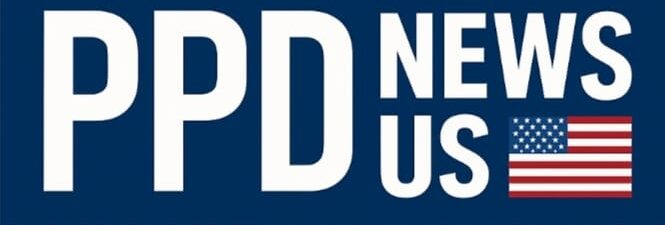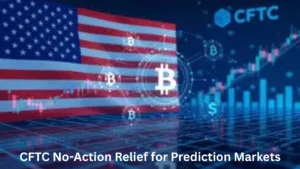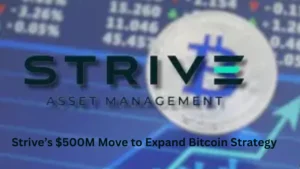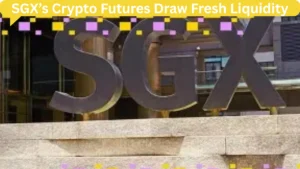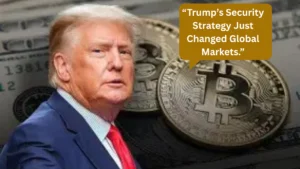Investors are getting ready for more ups and downs in the market in the next few months. This is because the U.S. Federal Reserve started cutting interest rates again, but only after giving strong warnings about inflation. At its September meeting, the central bank dropped its benchmark policy rate by 25 basis points, bringing it down to a range of 4.00%–4.25%. This was the first cut since December. he move signaled scope for further rate cuts, but officials stressed a cautious, data-driven approach, leaving markets uncertain about the pace of change.
Investors Caught Between Hope and Uncertainty
A lot of investors thought that decreased borrowing costs would lead to big profits in stocks and bonds. But the Federal Reserve’s more cautious message made those prospects less likely.
Larry Hatheway, global investment strategist at the Franklin Templeton Institute, noted that the central bank’s cautious stance was not unexpected but reinforced market unease:
“We’ve had a pretty cautious view here for a while, and the Fed’s message made it even more so.”
Instead of endorsing market expectations for a rapid string of cuts, the Federal Reserve stressed that each decision would be made on a meeting-by-meeting basis and guided by incoming data.
Federal Reserve’s Policy Decision and Rationale
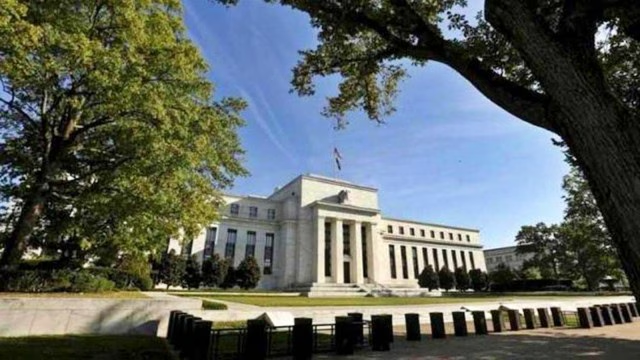
The quarter-point rate cut reflected growing concern about the U.S. labor market. Recent economic data showed that the unemployment rate climbed to 4.3% in August and that payroll growth was far weaker than projected. A steep downward revision to job figures for the year through March added weight to the view that the labor market is losing steam.
Fed Chair Jerome Powell described the economic landscape as particularly complex:
“Risks to inflation are still more likely to go up, but risks to jobs are more likely to go down. It is a challenging situation for policymakers.”
Alongside the rate cut, the Federal Reserve released updated quarterly economic projections, often referred to as the “dot plot.” These forecasts reflected expectations for more easing this year compared to the June projections, with 50 basis points in additional cuts seen before year-end.
Inflation Still a Key Concern
Inflation is still stubbornly above the Federal Reserve’s 2% objective, even if the economy is getting better. The central bank predicted that inflation would be 3% at the end of the year, which shows that prices are still rising. Meanwhile, economic growth was revised slightly upward to 1.6%, compared with 1.4% earlier.
The Federal Reserve’s policy route has become more difficult because of the two views of weaker job growth and rising prices. hile traders anticipated a softer stance, Powell’s remarks reflected the tough balance between fighting inflation and avoiding further economic weakness.
The market’s quick reaction showed dissatisfaction. Both the Nasdaq and the S&P 500, which had been trading near record highs ahead of the meeting, closed lower in choppy post-decision trading.
In the bond market, Treasury yields rose as investors digested the Fed’s message:
Two-year yield: climbed four basis points to 3.55%.
10-year yield: rose about seven basis points to 4.09%.
The yield curve, which has been flattening in recent weeks, continued to shorten as expectations for future rate reduction reduced the gap between short- and long-dated yields.
Dan Siluk, head of global short duration and liquidity at Janus Henderson Investors, summarized the mood:
“The softening bias may be good for the markets, but the message is still complicated and not a full pivot.”
Rising Stagflation Risks
Adding to concerns, recent inflation data has revived worries about stagflation. U.S. In August, consumer prices grew at the quickest rate in seven months, thanks to rising costs for housing and food. This, together with a worsening job market, made many worry about a bad mix of slow growth and rising prices.
Jack McIntyre, portfolio manager at Brandywine Global Investment Management, highlighted the risks:
“The Fed is in a tough spot. They expect stagflation, or higher inflation and a weaker labor market. That is not a great environment for financial assets.”
Michael Rosen, chief investment officer at Angeles Investments, added that while this is not the 1970s, the parallels cannot be ignored:
“This is not at all like the stagflation of the 1970s, but it does suggest that stocks and bonds may not do as well in the future.”
Political Pressures and Federal Reserve Divisions
The Fed’s decision also drew scrutiny because of ongoing pressure from the Trump administration to accelerate rate cuts. A day before the announcement, Stephen Miran, President Trump’s nominee to the Fed’s Board of Governors, was sworn in. He was the lone dissenting vote, arguing for a 50-basis-point reduction instead of a quarter-point move.
The dot plot showed that there were even worse problems within the committee. One policy maker predicted a rate of 4.4% by the end of the year, while another predicted a much lower 2.9%. This big difference made it hard for investors to understand what the Fed was saying.
Josh Hirt, senior U.S. economist at Vanguard, explained:
“There is such disagreement amongst the committee members that the market was having trouble digesting all the information they got.”
Outlook: Volatile Months Ahead
The Fed’s return to easing reflects mounting concerns over the economy, but its cautious approach has left investors grappling with uncertainty. With unemployment rising, inflation still well above target, and policymakers divided, the coming months are likely to remain turbulent for stocks, bonds, and the broader financial markets.
The main takeaway is that the Fed is willing to promote growth by cutting interest rates, but the contradictory signals about inflation and the job situation mean that the road ahead will not be easy.
